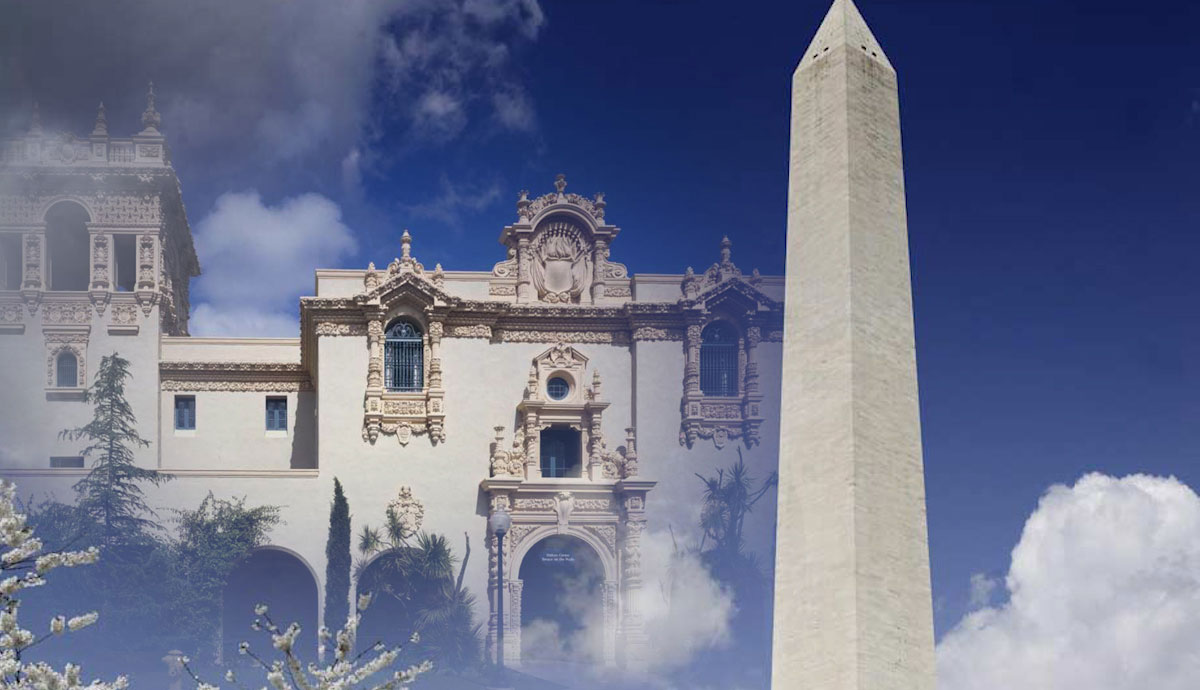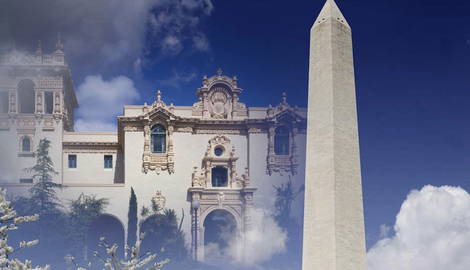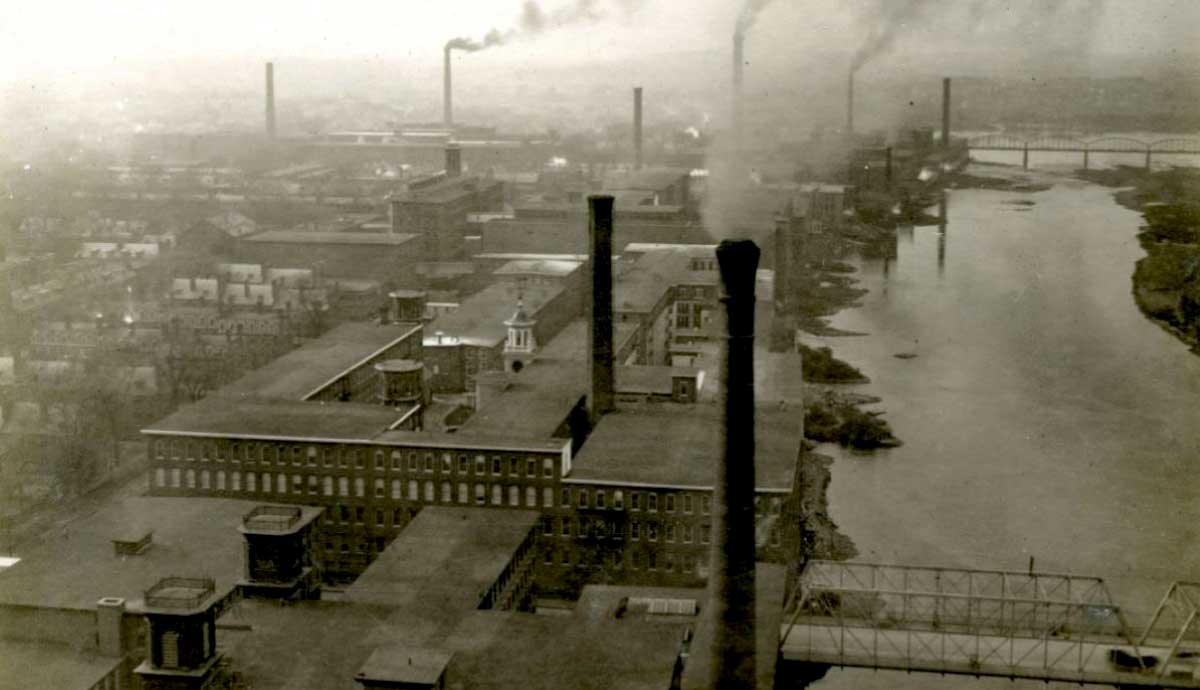
When visiting America’s largest cities, most people don’t consider visiting a park immediately. Despite this, green space has become a defining feature in many of America’s cities, some becoming as beloved as the more urban neighborhoods. Below are ten examples of some of the most treasured urban parking in the United States.
1. Central Park, New York City

As the population of New York City soared in the 19th century, the powerful of the city worried that its poorer residents lacked a space for recreation. To combat this, in 1857, they hired Fredrick Law Olmstead and Calvert Vaux to design what would become America’s first landscaped park.
Central Park is far more than just a patch of grass. It simulates the rolling hills one might find to the north of the city, creating the illusion of being in a rural area. Skyscrapers make that image impossible now, but seeing the incredible landscaping with the bustling city as a backdrop is still fantastic.
It is easy to get lost in this surprisingly vast and winding space, but if you have the time, that is the best way to find the park’s hidden gems.
Park Highlights: Strawberry Fields, Central Park Zoo, Bethesda Fountain, Belvedere Castle, The Ramble, Antique Carousel
2. Fairmount Park, Philadelphia

In the years after the American Civil War, Philadelphians became increasingly concerned with the city’s water quality. Their new, world-class waterworks wouldn’t do the city much good if the water it pumped was polluted.
The city acquired the land north of the waterworks, along the Schuylkill River (pronounced SKOOL-kuhl) up to the Wissahickon Creek. Today, historic Fairmount Park is home to historic homes, museums, art, and rambling trails far from any sights or sounds of the city.
Fairmount Park was home to the first American World’s Fair and Centennial Exhibition in 1876, which forced the building of park infrastructure still in use today. The World’s Fair isn’t Fairmount Park’s only first. It is also home to America’s first zoo (The Philadelphia Zoo) and America’s first Doomsday Cult (monks following the teachings of Kelpius.)
Today, it is where Philadelphians go to enjoy a scenic hike or walk along the famous boathouses. With something for everyone, it is little wonder that Fairmount Park is one of Philadelphia’s favorite places.
Park Highlights: Cave of Kelpius, Philadelphia Zoo, Strawberry Mansion, Lemon Hill, Boathouse Row, The Please Touch Museum, Historic Rittenhouse Town
3. Golden Gate Park, San Francisco

Intended as a West Coast version of New York City’s Central Park, Golden Gate Park is a favorite destination for San Franciscans and visitors alike. Golden Gate Park is the largest urban park in the United States.
Also designed by Fredrick Law Olmstead, Golden Gate Park was placed in an unlikely spot, an area then called the Outside Lands. The Outside Lands were so-called because they were difficult to access with no roads and even more challenging to build on as dunes dominated them.
It is hard to imagine the current park was once only sand. In the design phase, Olmstead wanted to use native plants that would thrive in dry environments, but the city rejected this plan. They wanted their own, bigger Central Park. To achieve this, they built a massive irrigation system that supports its current lush landscape.
With museums, gardens, sports fields, and numerous walking paths, it is little wonder that Golden Gate Park is one of San Francisco’s finest spots.
Park Highlights: AIDS Memorial Grove, The Music Concourse, Dutch Windmill, Strawberry Hill, Japanese Tea Garden
4. Lincoln Park, Chicago

Along Lake Michigan, there once stood several cemeteries containing the graves of over 35,000 people. In the mid-19th century, with increasing concerns that having a cemetery near residential neighborhoods was a health concern (it’s not, by the way), the graves were moved. The remaining land was named for the recently assassinated Illinois native, President Abraham Lincoln.
The most famous part of Lincoln Park is likely the Lincoln Park Zoo. This free zoo started when a pair of swans were donated to the city and grew from there. One of the most famous former residents of the zoo was a bear cub purchased from the Philadelphia Zoo in 1874. Chicagoans remember this bear cub well because he habitually escaped his exhibit and wandered the park at night.
The Lincoln Zoo was also, until recently, the home of a burr oak tree that was estimated to be over 250 years old. Unfortunately, the city had to cut it down in 2023 due to poor health. Still, they grafted scions to establish roots in the arboretum to continue the tree’s legacy.
Park Highlights: Lincoln Park Zoo, Lincoln Park Conservatory, Lily Pool, public beaches
5. The National Mall, Washington DC

Stretching West from the United States Capitol Building to the Potomac River, the National Mall contains many of the United States’ most iconic memorials. When Pierre L’Enfant, a French military engineer, laid out the plan for the United States’ new capitol city, he envisioned a grand boulevard between the home of Congress and an equestrian statue of Washington that was never made.
Today, that grand boulevard has grown to more than L’Enfant could have imagined. With some of America’s finest museums lining the park to the East and Memorials and space to stretch your legs to the West, the National Mall delivers the expected grandeur of a national capital and the Potomac River’s beauty.
If you are lucky enough to be in the city for a few days, the iconic cherry blossoms bloom, and the Tidal Basin becomes a riot of pinks and whites. People flock from all over the world to walk among these famously short-lived blossoms. While the city is extremely crowded during this time, seeing the tidal basin in bloom is worth it.
Park Highlights: The Lincoln Memorial, The Smithsonian Museums, The Tidal Basin, The Vietnam Veterans Memorial, The Washington Monument
6. Griffith Park, Los Angeles

Home to the iconic “Hollywood” sign, Griffith Park is one of the largest urban parks in America and is, in comparison to Central Park and the Golden Gate Park, barely landscaped. This enormous park is a favorite location for Los Angelenos to go hiking and enjoy the beautiful Southern California weather.
Wealthy mining investor Griffith J. Griffith donated the land for the park. He was dedicated to improving the park throughout his lifetime. However, he encountered difficulties in funding after he was convicted of attempted murder. Undeterred, he set up a trust fund to support further park improvements after his release from prison.
Today, the park is a fabulous place to hike and is home to the famous Griffith Observatory and the Los Angeles Zoo. Griffith Park is central to the lives of people in Los Angeles and is undoubtedly worth a visit!
Park Highlights: Griffith Observatory, Los Angeles Zoo, Greek Theater, Hollywood Sign
7. Balboa Park, San Diego

Balboa Park has the distinction of being the oldest site reserved for public recreation. Before its current iteration as a park, it was home to a Kumeyaay village, Hata’am, founded to help Native and Baja Californians find jobs. The city dismantled this community to establish the modern-day park.
Balboa Park is a beautiful mix of urban forest, lush gardens, museums, and more. Residents of San Diego and visitors love walking along the pedestrian paths, enjoying the vast array of things this park offers.
This park is a delight to plant lovers, with many rare trees, desert gardens, and a stunning botanical building. The park contains 350 species of plants, so there is plenty to enjoy and learn. Many of the 1,500 trees were selected and planted by the “Mother of Balboa Park,” Kate Sessions. Sessions was a renowned botanist, horticulturist, and landscape architect in the 19th century.
Park Highlights: San Diego Zoo, Botanical Building, Japanese Friendship Garden, Fleet Science Center, Balboa Park Carousel
8. Boston Common, Boston

Purchased by the governor of Massachusetts Bay Colony in 1634 for £30, Boston Common is the oldest city park in the United States. The space remains steeped in history today, with many statues and old spaces reminding visitors of the Common’s various purposes over the years.
In the 17th and 18th centuries, parks were not just open spaces for the public to enjoy; they served the city’s changing needs. A “commons” was a place many families could use as a cow pasture, a tradition brought over from England. The grazing got out of hand as wealthier families used the Common for their vast herds until the mayor banned cows in 1830.
Over the years, parts of Boston Common have been used as a jail, a burial ground, a military encampment, and an execution ground. Today, it is lovely to enjoy some green space and learn about Boston and American history along the Freedom Trail.
Park Highlights: Freedom Trail, Robert Gould Shaw Memorial, Boylstown and Park Street Stations, Parkman Bandstand
9. Audubon Park, New Orleans

Named for the famed naturalist John James Audubon, this former sugar plantation was purchased in 1870 to be a city park. This 350-acre urban oasis is a beautiful place to break from the hustle and bustle of the French Quarter.
In 1884, the park hosted the World’s Fair and the World Cotton Centennial. While most buildings for those events were demolished, the Horticultural Hall remained. Unfortunately, it was lost in a 1915 hurricane. The 20th century saw many park improvements through the Works Progress Administration, including a miniature railway and a public swimming pool.
Today, Audubon Park is a great place to walk and enjoy the abundant nature and wildlife along the river.
Park Highlights: Miniature Train, Audubon Zoo, Golf course, Ring Road
10. Forest Park, St. Louis

Though most people might say Gateway Arch National Park first when asked to imagine St. Louis, Forest Park’s 12 million annual visitors surpass the number of visitors to both the Gateway Arch and Busch Stadium combined.
The city drained the park wetlands for the 1904 World’s Fair to create water features and five connected lakes. This work also allowed the park to be used for diving, swimming, and water polo during the 1904 Summer Olympics. While the lakes remain, considerable work has been put into the park in recent years to restore the wetlands, attracting lots of wildlife to enjoy.
The park hosts several fun yearly events, including the Great Forest Park Balloon Race and the Shakespeare Festival of St. Louis.
Park Highlights: The Jewel Box, Turtle Park, Pagoda Circle, The World’s Fair Pavilion, Steinberg Skating Rink










